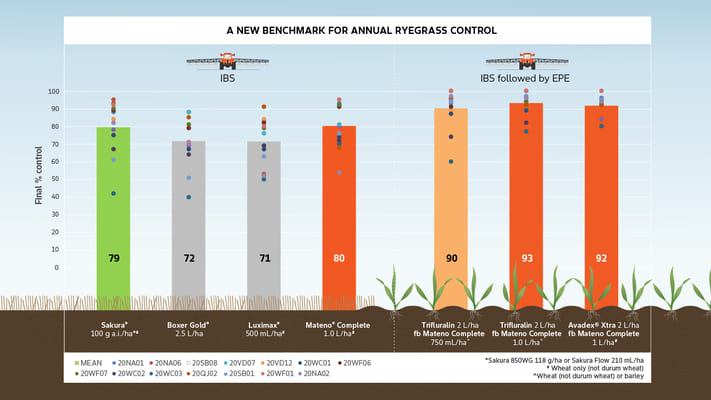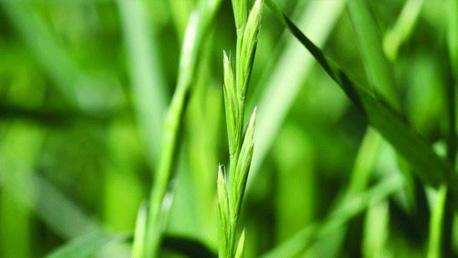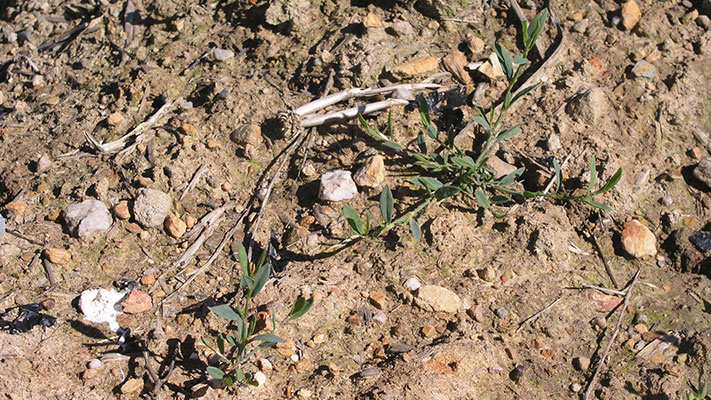Capeweed

Description
Capeweed plants are prostrate and can grow up to 50 cm in diameter. They form rosettes of succulent, hairy leaves with rounded ends.
The first two leaves grow as a pair. They are spear-shaped and may be scalloped. The remaining weeds grow singly.
Capeweed flowers are yellow with a black centre. Capeweed seeds are covered in pink-brown woolly hairs.
Control
Large capeweed plants can be very hard to control, so early herbicide application is important. That applies to knockdowns pre-sowing, but also makes Velocity – which can be applied as early as the 2-leaf crop stage – an advantageous post-emergent option.
Herbicides will be more effective when applied to healthy weeds that are actively growing. Stressed capeweed plants that have already survived early-season dry spells will be harder to control.














